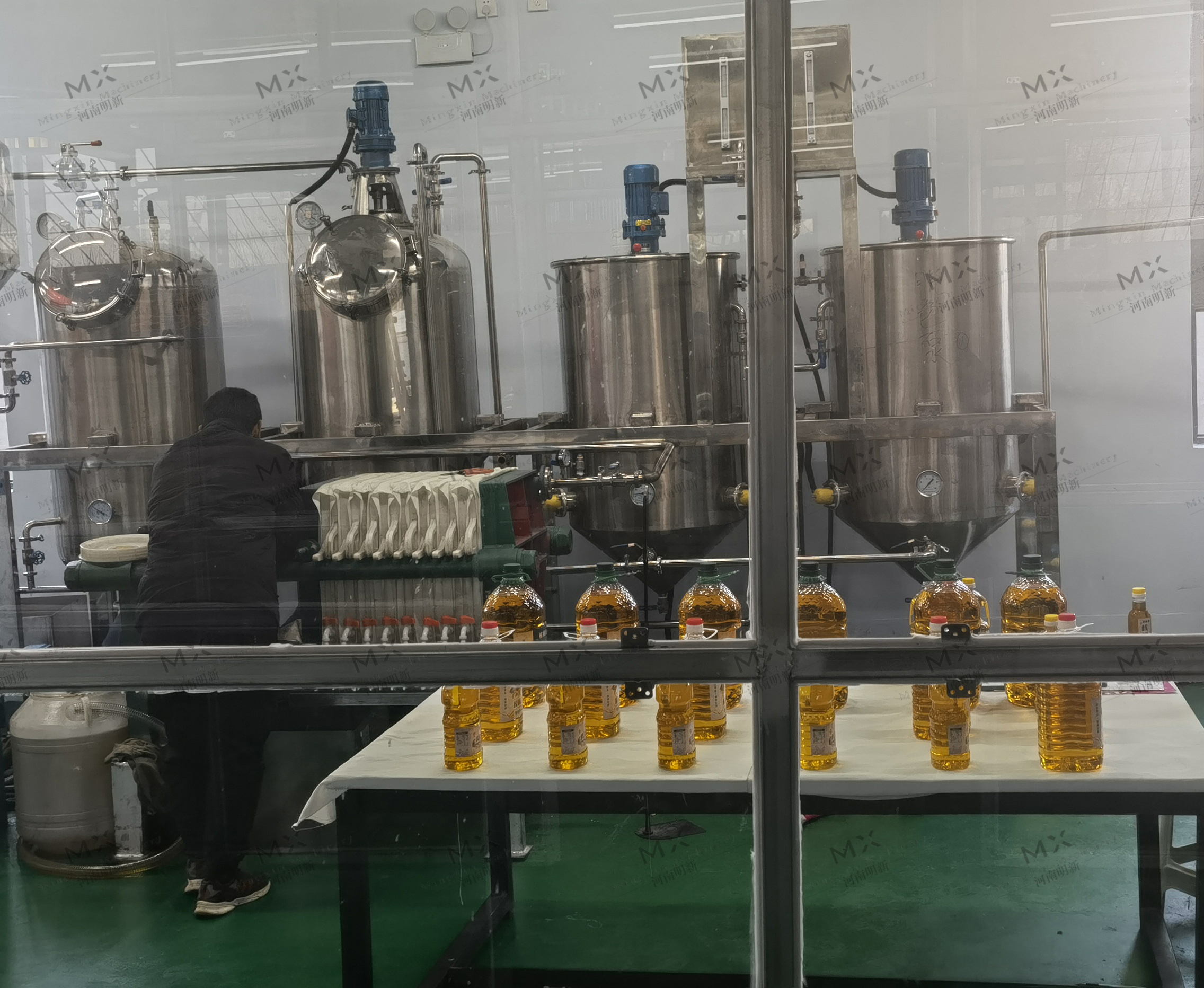In the journey from farm to table, one of the most critical transformations occurs in the oil refinery plant. Crude oil, extracted by oil mills, is far from the golden, viscous liquid that we drizzle over our salads. To reach the international standards set for edible oil, this raw product must undergo a meticulous refining process.
The refining of crude oil is a multi-step affair, each designed to eliminate specific impurities and enhance the oil’s quality for consumption. The process begins with degumming, where phospholipids and metals, which increase the oil’s viscosity and hinder filtration, are removed. This is followed by neutralization, where the oil, heated to 85°C, is treated with an alkaline substance to eliminate free fatty acids.

Next, the oil undergoes decolorization, a filtration process that removes pigments, improving the oil’s aesthetic appeal. Finally, deodorization strips away any unpleasant odors by steaming the oil. These steps ensure that the final product not only meets the taste, aroma, stability, appearance, and nutritional value expected of edible oil but also aligns with the stringent international food safety standards.
As the world becomes increasingly health-conscious, the role of oil refineries becomes ever more pivotal. They are the unsung heroes in our kitchens, transforming the crude into the refined, ensuring that the oil we consume is not just palatable but also safe.